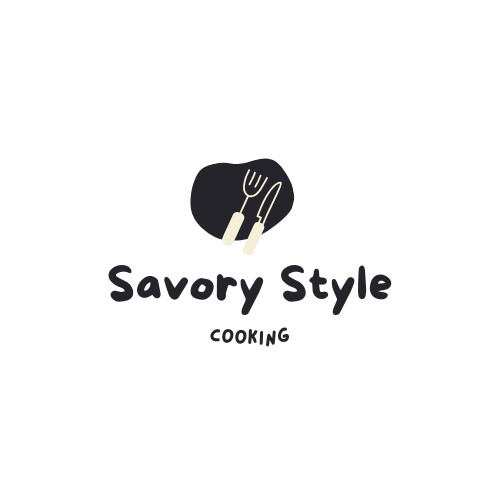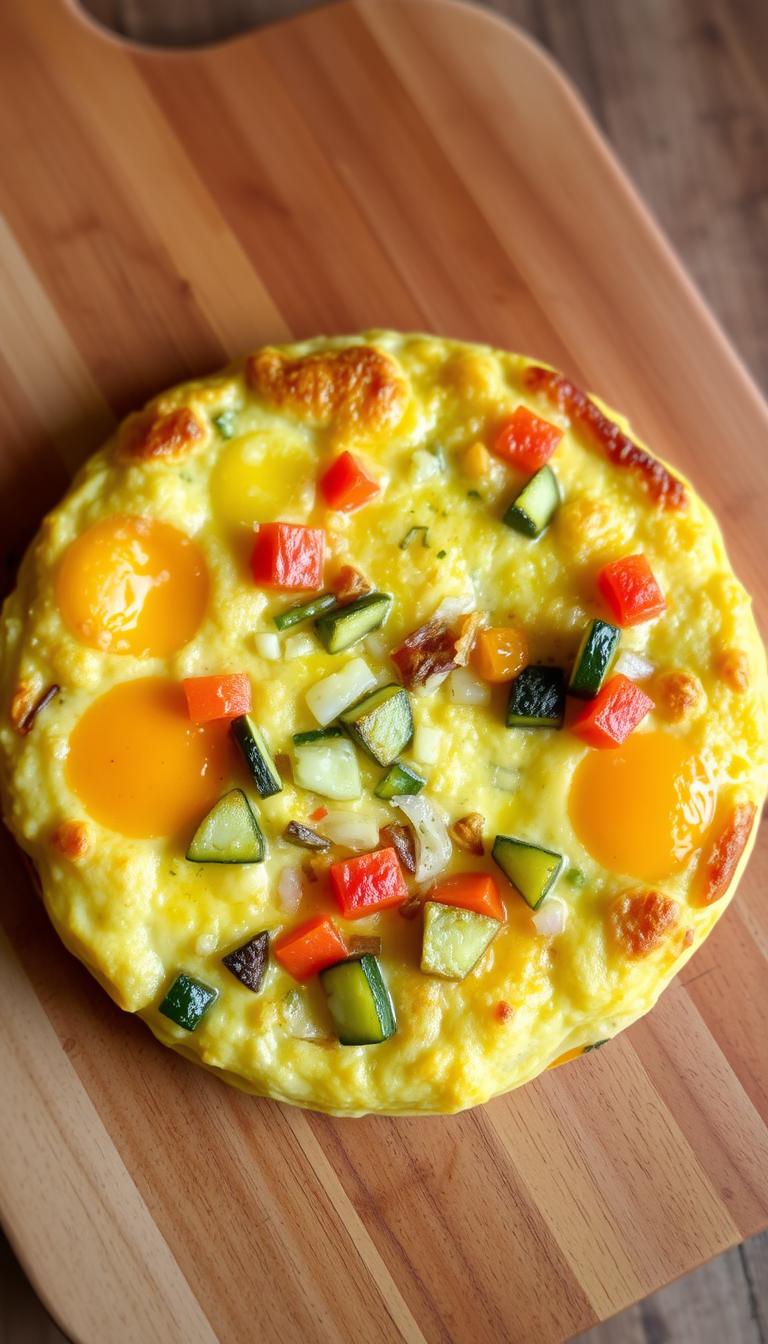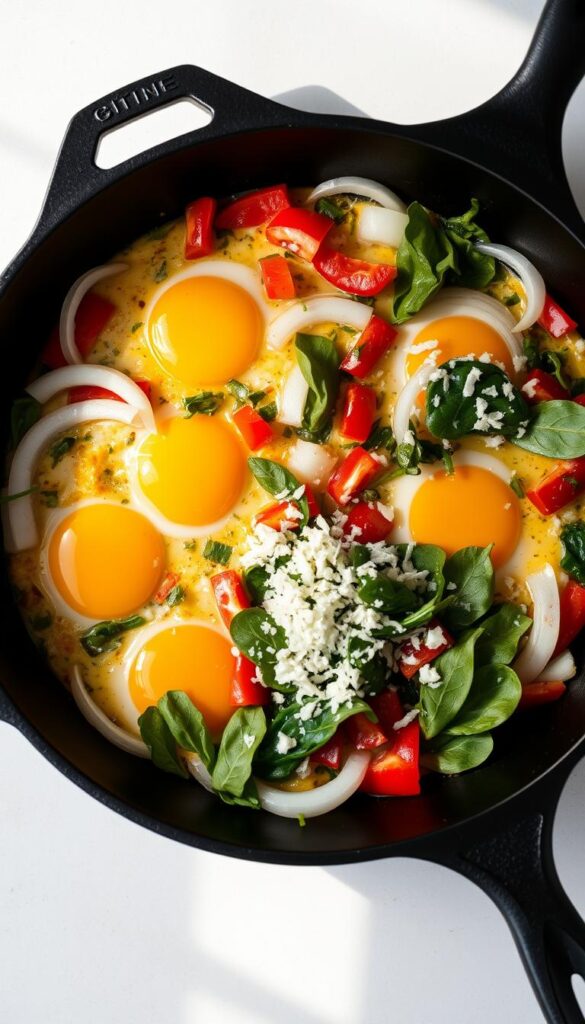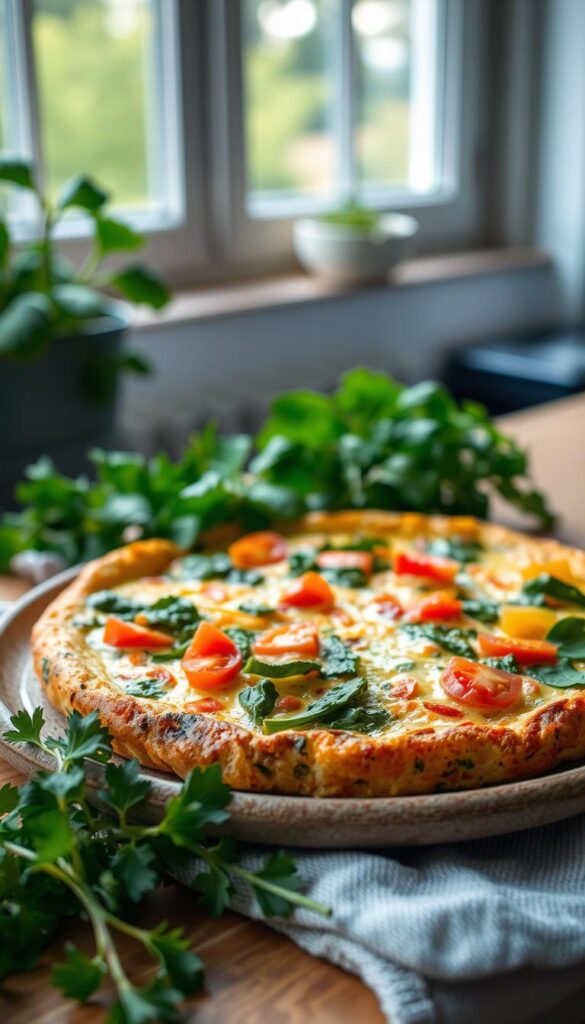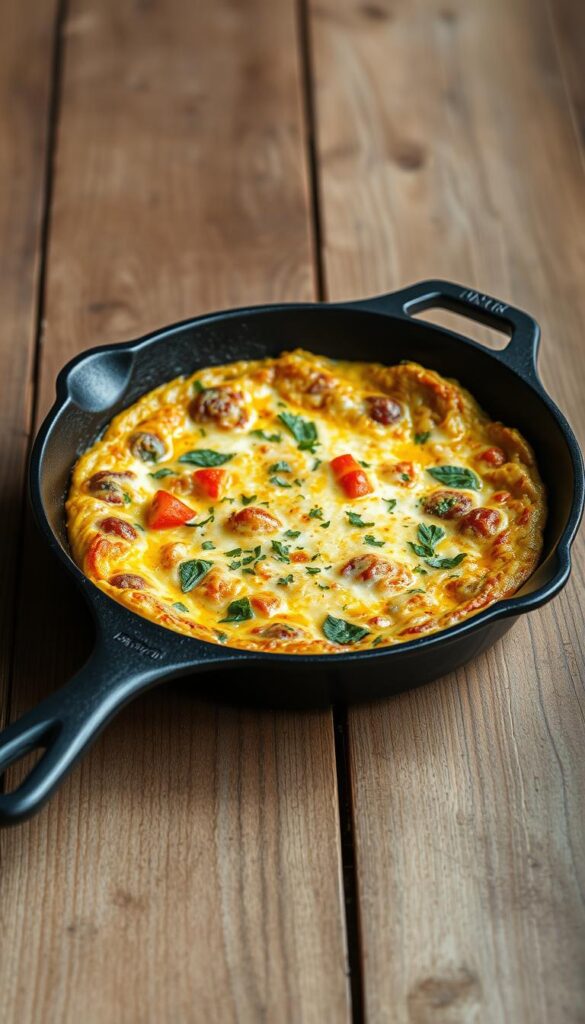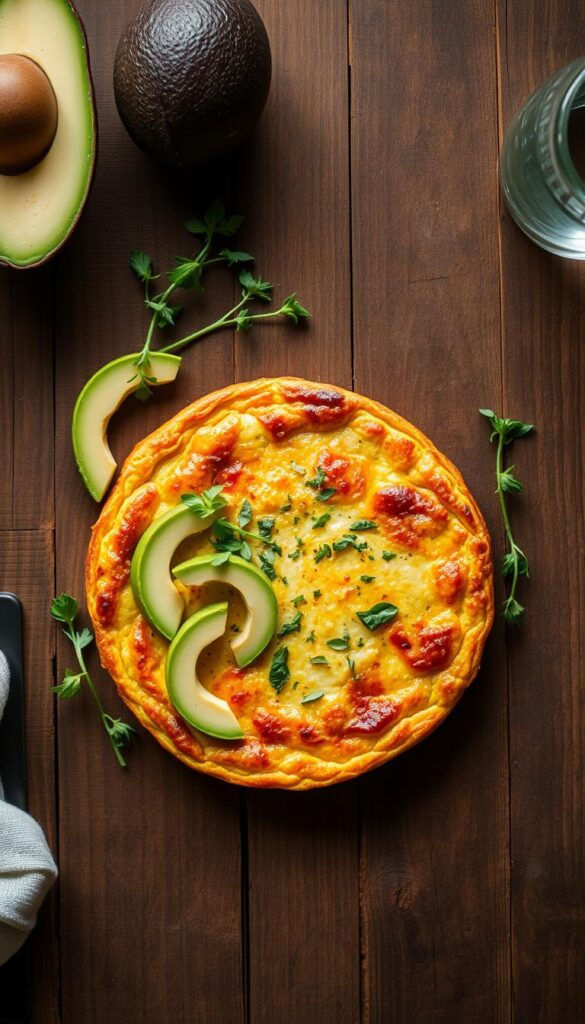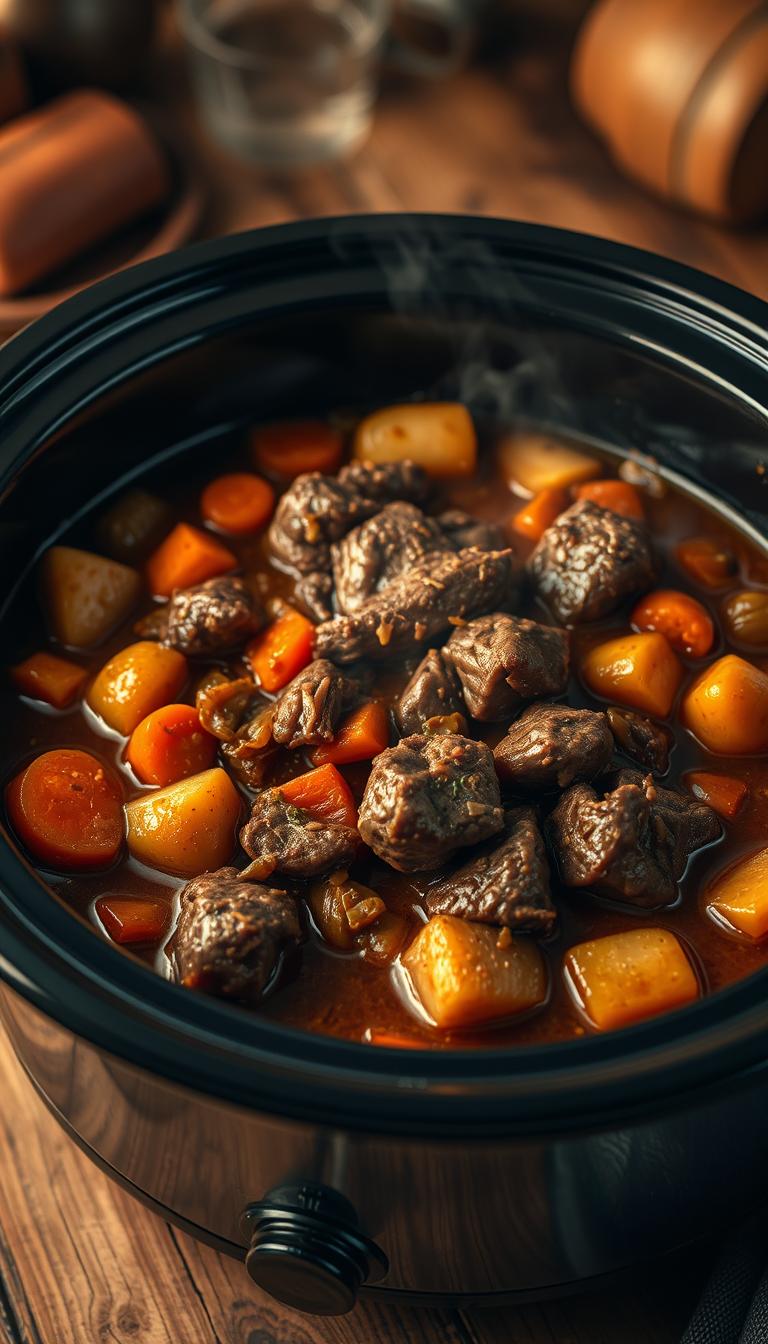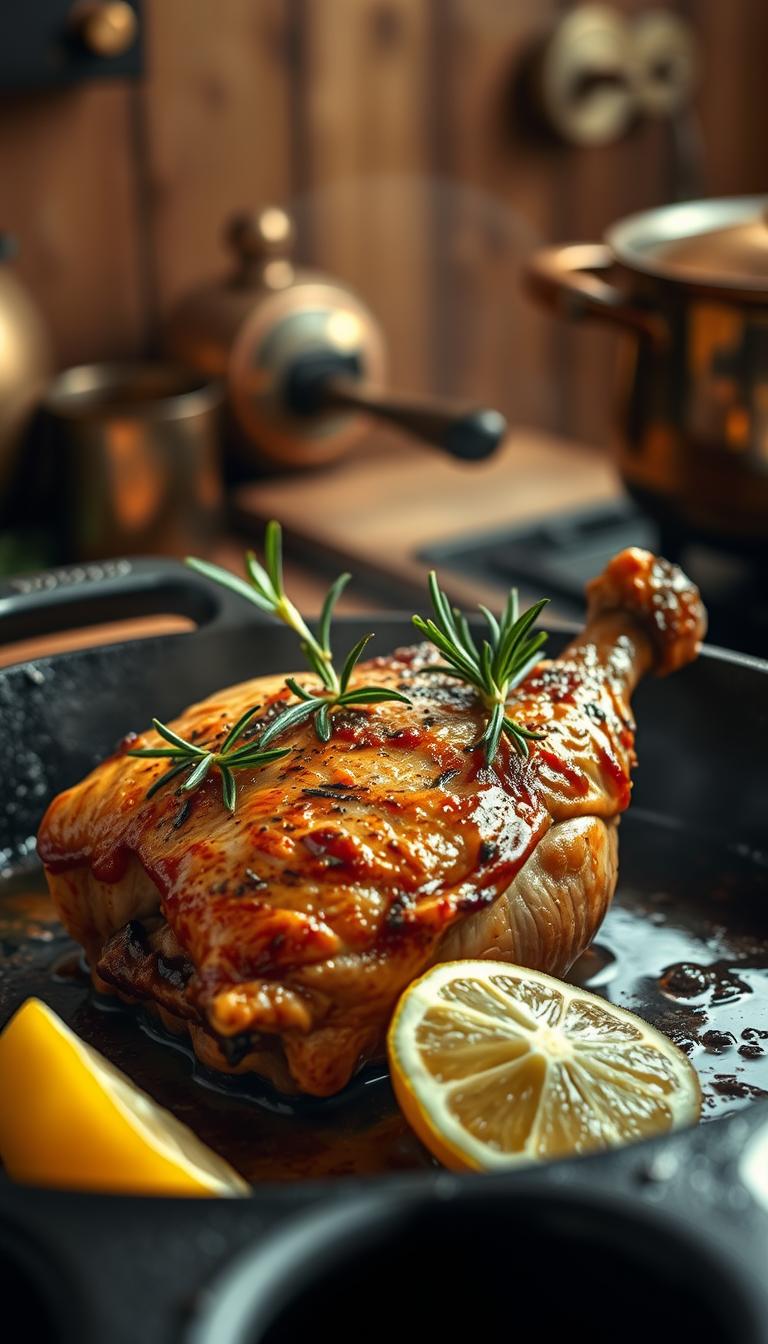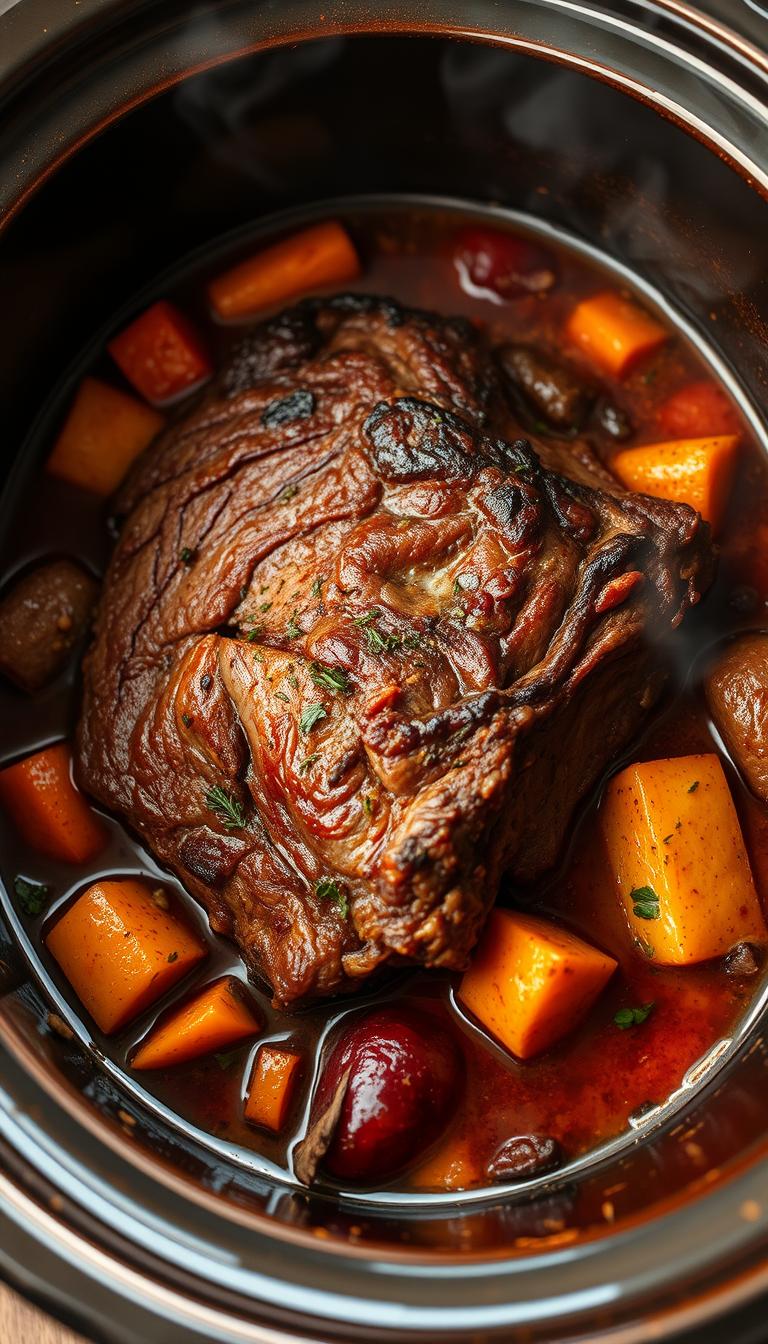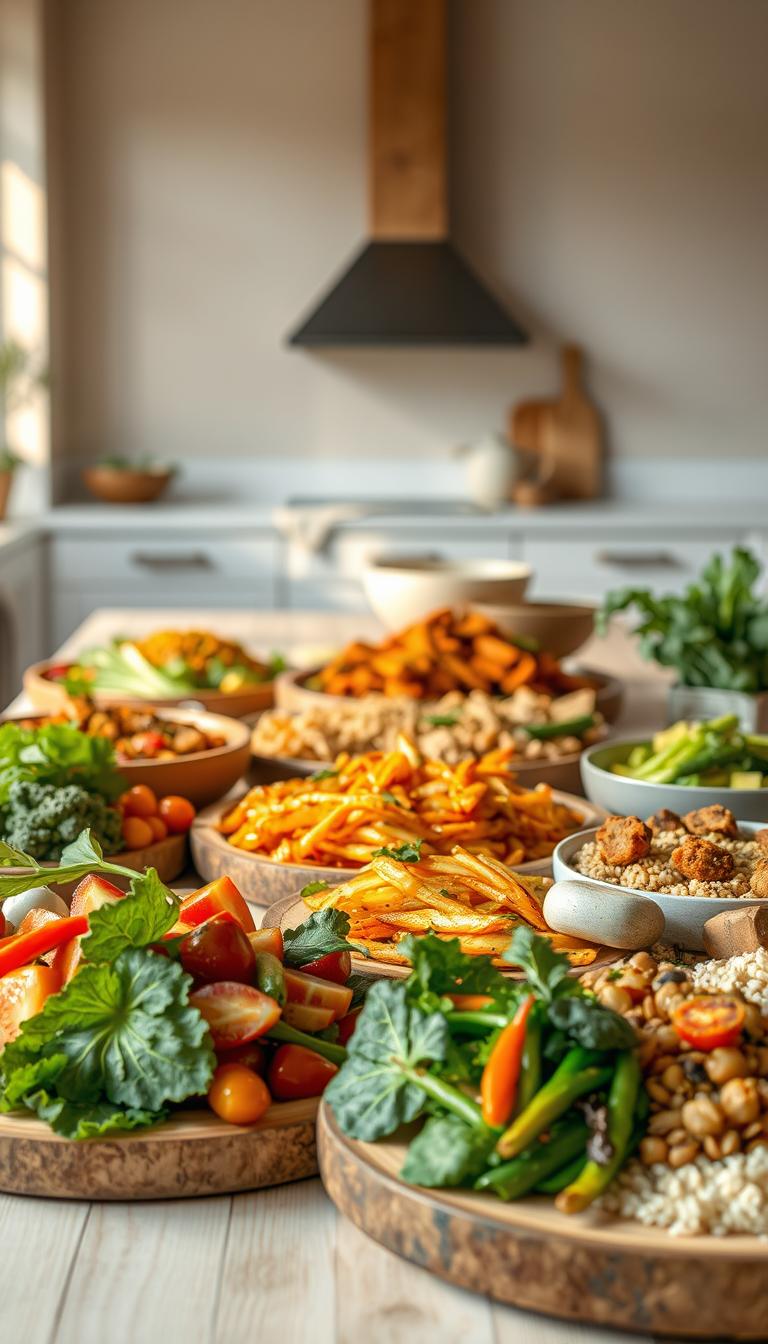15 Easy Frittata Recipes: Delicious Breakfast or Brunch Dish
Ever wondered how to whip up a satisfying meal in under 30 minutes that pleases everyone at the table? Look no further than these versatile egg-based dishes. Perfect for breakfast, brunch, or even dinner, they’re packed with flavor and customizable to suit any taste.
With rave reviews from home cooks, these dishes shine with fresh veggies, creamy cheese, and bold spices. Whether you prefer Mediterranean-inspired flavors or a spicy kick, there’s a version for every craving.
Best of all, they’re meal-prep friendly and require minimal effort. From classic combinations to creative twists, discover 15 foolproof ways to enjoy this crowd-pleasing dish.
What Is a Frittata?
A frittata combines the best qualities of an omelet and a quiche without the fuss. This Italian staple is a crustless, open-faced egg dish packed with veggies, cheese, and herbs. Think of it as a blank canvas for flavors—perfect for breakfast, brunch, or dinner.
Frittata vs. Quiche: Key Differences
While both dishes star eggs, their textures and prep methods differ. A frittata has a denser, fluffier base since it uses more eggs and skips the crust. Quiche, on the other hand, relies on a buttery pastry shell and a creamier filling.
| Frittata | Quiche | |
|---|---|---|
| Eggs | 8–10 (no crust) | 4–6 (with crust) |
| Texture | Sturdy, fluffy | Creamy, soft |
| Dairy | Optional milk | Heavy cream |
How It’s Made
Start by sautéing ingredients like bell peppers or spinach in a skillet. Pour whipped eggs over the mix, then transfer the pan to the oven. The result? A golden, puffed-up dish that slices like a dream.
Common add-ins include cheddar, goat cheese, mushrooms, or leftover roasted veggies. Serve it warm or at room temperature—it’s just as tasty either way.
Basic Frittata Recipe
Mastering this egg-based dish starts with nailing the basics—here’s how. With just a handful of ingredients and a trusty skillet, you’ll create a fluffy, golden masterpiece every time.
Essential Ingredients
Gather these staples for the perfect base:
- 6–8 eggs: Fresh, large eggs yield the best texture.
- ¼ cup milk: Whole milk adds creaminess.
- Salt and pepper: Season to taste.
- 1 tbsp oil or butter: For coating the skillet.
Step-by-Step Instructions
1. Prep the Skillet: Heat a 10″ or 12″ cast iron skillet over medium heat. Brush with oil or butter to prevent sticking.
2. Whisk the Eggs: Beat eggs and milk until fully blended. Season with salt and pepper.
3. Cook to Perfection: Pour the mixture into the skillet. Let it cook undisturbed for 2 minutes, then transfer to a 400°F oven for 15–20 minutes. Edges should turn golden, and the center should set.
Pro Tip: Rest the dish for 5 minutes before slicing. This helps it hold its shape.
15 Easy Frittata Recipe Variations
From garden-fresh veggies to bold cheeses, these variations bring excitement to the table. Mix and match ingredients to suit your cravings—each combo promises a fluffy, golden result.
Mediterranean-Inspired
Artichoke hearts and spinach create a vibrant base. Add crumbled feta for tang and prosciutto for a salty crunch. Roast the veggies first for deeper flavor.
Garden Vegetable
Sweet potato, zucchini, and red bell pepper offer a sweet-savory balance. Top with sharp cheddar and bake until bubbly. Dice veggies evenly for even cooking.
Caprese Style
Cherry tomatoes and fresh basil mimic the classic salad. Mozzarella melts into gooey pockets. For best results, use whole milk mozzarella.
Cheese Pairings Guide
| Ingredient | Best Cheese Match |
|---|---|
| Broccoli | Feta |
| Sun-dried tomatoes | Goat cheese |
| Jalapeños | Monterey Jack |
Time-Saver Tip: Use leftover roasted vegetables. Just reheat them in the skillet before adding eggs.
Spice Adjustment: Remove jalapeño seeds for milder heat, or double them for extra kick.
Tips for the Perfect Frittata
Want a foolproof way to make your egg dish turn out perfect every time? Follow these expert tips for ideal texture, flavor, and ease.
Choosing the Right Pan
A cast iron skillet is the gold standard. It heats evenly and transitions seamlessly from stovetop to oven. Enameled options skip the seasoning step but work just as well.
No cast iron? Use a heavy non-stick pan with an oven-safe handle. Avoid thin pans—they risk uneven cooking or burning.
| Pan Type | Best For | Watch Out For |
|---|---|---|
| Cast Iron | Even heat, durability | Hot handles (use mitts!) |
| Non-Stick | Easy cleanup | Max 400°F oven temp |
| Stainless Steel | Professional sear | Sticking without enough oil |
Balancing Ingredients
Stick to 2 cups of vegetables per 8 eggs. Overloading creates a soggy texture. For watery veggies like zucchini, salt and drain them first.
Layer ingredients strategically:
- Dense veggies (potatoes, carrots): Sauté first.
- Delicate greens (spinach, herbs): Add last.
Customizing Your Recipe
Cheese melts differently—try these tricks:
- Mixed-in: Cheddar or goat cheese blends into the eggs.
- Topped: Mozzarella or parmesan forms a golden crust.
For dietary swaps, use almond milk instead of dairy or tofu scramble for vegan versions. Always pre-cook meat add-ins like bacon or sausage.
Safety note: Skillet handles stay hot for minutes after baking. Always use a mitt or towel.
How to Serve a Frittata
Looking for ways to elevate your next brunch or quick breakfast? This versatile dish shines when paired with vibrant sides and stored properly for future meals. Whether you’re hosting guests or meal prepping, these tips ensure every slice tastes fresh.
Brunch Pairings
Complement your dish with light, refreshing accompaniments. A fruit salad with berries or citrus adds brightness, while crispy bacon or sausage balances the flavors. For drinks, mimosas or iced coffee round out the meal.
Plating matters too. Top slices with avocado, a dollop of pesto, or microgreens for a restaurant-worthy touch. Serve with warm scones or toasted bread for a satisfying crunch.
Meal Prep & Storage
This dish is a meal-prep hero. Cooked slices stay fresh in the refrigerator for up to 5 days. Layer them between parchment paper to prevent sticking. For longer storage, freeze portions for up to 3 months.
Reheating is simple:
- Oven: Warm at 350°F for 10 minutes to restore crisp edges.
- Microwave: Heat for 2–3 minutes on medium power to avoid rubberiness.
Pro tip: Add a splash of water before reheating to keep leftovers moist. Perfect for busy mornings or last-minute lunches!
Conclusion
Ready to turn simple ingredients into a crowd-pleasing meal? This egg-based dish adapts to any taste—toss in seasonal vegetables, creamy cheese, or leftover proteins. With 234+ recipes averaging 4.98 stars, it’s a no-fail choice for breakfast or brunch.
Experiment with flavors! Try summer squash in July or roasted squash in fall. Share your twist in the comments—we’d love to hear your creations.
Final tip: Swap ingredients based on what’s fresh. Now, grab a fork and devour your masterpiece!
